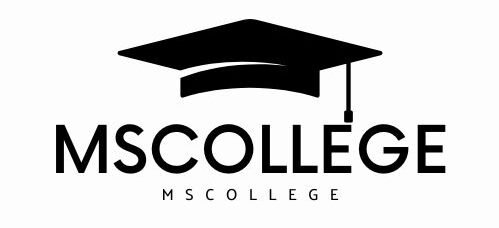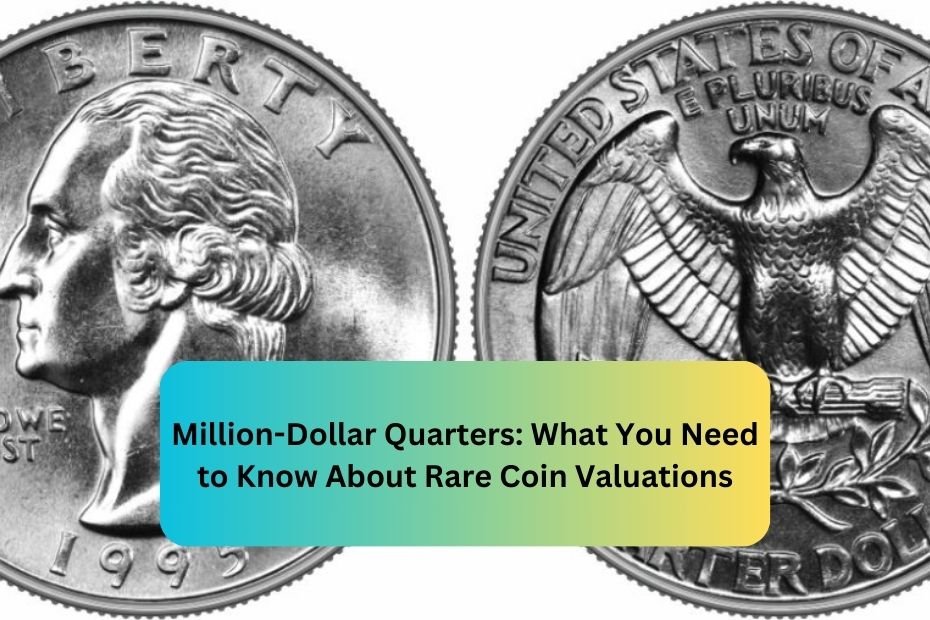Coins can be more than just currency; they can also be valuable collectibles. Among the most sought-after coins in American numismatics are quarters. Some quarters are worth far more than their face value, and certain rare varieties can fetch millions of dollars at auction. This article delves into the world of rare quarters, examining their history, characteristics, and the factors that influence their valuations.
The Fascinating History of Quarters
The quarter has a long and rich history in the United States, with various designs and series that reflect different cultural and historical periods. The U.S. Mint began producing quarters in 1796, and since then, the coin has undergone numerous changes. Notable series include the Seated Liberty quarters (1838-1891), Barber quarters (1892-1916), Washington quarters (1932-present), and the more recent America the Beautiful series.
Key Historical Events:
- First Production: The first quarters were struck in 1796, featuring the Draped Bust design.
- Introduction of the Barber Quarter: This design was introduced in 1892 and remained in circulation until 1916.
- Washington Quarters: First minted in 1932 to commemorate George Washington’s 200th birthday, this series is still in production today.
Rare Quarters That Fetch Millions
While most quarters are worth 25 cents, some rare varieties can be worth hundreds of thousands or even millions of dollars. Here are a few notable examples:
1. 1932-D Washington Quarter
- Estimated Value: $400,000+
- Description: The 1932-D is one of the rarest quarters in the Washington series. It was minted in Denver and is highly sought after due to its limited production.
2. 1896-S Barber Quarter
- Estimated Value: $50,000+
- Description: This quarter is notorious for its low mintage. It is especially rare in higher grades, making it a favorite among collectors.
3. 1970-S Doubled Die Quarter
- Estimated Value: $10,000+
- Description: This quarter is a modern rarity, featuring a significant doubling of the date and lettering, which occurred due to a misalignment during the minting process.
4. 1964 Washington Quarter with a Missing Mint Mark
- Estimated Value: $10,000+
- Description: An error coin, this quarter lacks a mint mark, indicating it was struck without the normal identification of the mint that produced it.
5. 1916 Standing Liberty Quarter
- Estimated Value: $500,000+
- Description: This quarter features a striking design of Lady Liberty and is rare due to a low mintage in its inaugural year.
Factors Affecting Coin Valuations
The value of rare quarters can fluctuate significantly based on various factors:
1. Rarity
The scarcity of a particular coin is one of the primary factors affecting its value. Coins with low mintage figures or those that are difficult to find in circulation tend to be more valuable.
2. Condition and Grading
The condition of a coin is assessed using a grading system. Coins are graded on a scale from 1 (poor) to 70 (perfect). Higher-grade coins command much higher prices. Common grading terms include:
- Good (G): Significant wear, with most features visible.
- Fine (F): Moderate wear, with more details visible.
- Uncirculated (MS): No signs of wear, with full details intact.
3. Historical Significance
Coins that commemorate important historical events or figures can carry additional value. For example, quarters that celebrate significant anniversaries often become more desirable.
4. Market Demand
The demand among collectors can significantly influence a coin’s value. Rare quarters may sell for inflated prices during periods of high interest or among specific collector groups.
5. Provenance
A coin’s history of ownership can also impact its value. Coins with a well-documented history or those once owned by notable collectors can fetch higher prices.
How to Determine the Value of Your Quarters
If you suspect you have a valuable quarter, here are steps to help you determine its worth:
1. Research
Start by researching your coin online or consulting numismatic guides. Websites like the Professional Coin Grading Service (PCGS) and Numismatic Guaranty Corporation (NGC) offer valuable resources for identifying and valuing coins.
2. Consult a Professional
If you believe your coin could be valuable, consider consulting a professional coin appraiser or a reputable coin dealer. They can provide a formal valuation and offer insights into the coin’s market potential.
3. Get It Graded
For high-value coins, having them graded by a recognized grading service can significantly enhance their resale value. A higher grade typically translates to a higher selling price.
4. Check Auction Results
Review auction results for similar coins to gauge the current market trends and values. Websites like Heritage Auctions and Stack’s Bowers provide auction results that can help you understand your coin’s potential worth.
Where to Buy or Sell Rare Quarters
If you’re looking to buy or sell rare quarters, there are several avenues to explore:
1. Coin Dealers
Local coin shops often have knowledgeable staff who can help you find or sell quarters. They can also provide appraisals and insights into the market.
2. Coin Shows
Attending coin shows can be an excellent way to connect with dealers and other collectors. You’ll have the chance to see a variety of coins and negotiate prices directly.
3. Online Marketplaces
Websites like eBay, Etsy, and specialized coin marketplaces allow you to buy and sell rare quarters. Be sure to do your research and verify the reputation of sellers and buyers.
4. Auction Houses
Major auction houses regularly host coin auctions where you can buy or sell rare quarters. Auctions can yield higher prices, especially for highly sought-after items.
5. Online Forums and Collectors Groups
Joining online forums or social media groups focused on coin collecting can provide valuable insights, networking opportunities, and access to potential buyers and sellers.
Conclusion
Rare quarters can be much more than just coins—they are pieces of history that can hold significant value for collectors. Understanding the factors that influence their worth, from rarity and condition to market demand and historical significance, can empower you to navigate the world of coin collecting successfully. Whether you are a seasoned collector or just starting, the allure of million-dollar quarters can offer exciting opportunities in numismatics.
FAQs
- What makes a quarter rare?
- A quarter can be considered rare due to its low mintage, unique errors during production, historical significance, or high demand among collectors.
- How can I tell if my quarter is valuable?
- Check the date, mint mark, and any unique features. Research similar coins’ auction results and consider getting it appraised by a professional.
- What is the grading scale for coins?
- Coins are graded on a scale from 1 to 70, with higher numbers indicating better condition. Common grades include Good, Fine, and Uncirculated.
- Where can I buy rare quarters?
- Rare quarters can be purchased from coin dealers, coin shows, online marketplaces, and auction houses.
- Is it worth getting my coin graded?
- Yes, if your coin is potentially valuable, grading can increase its resale value and provide assurance about its condition and authenticity.

